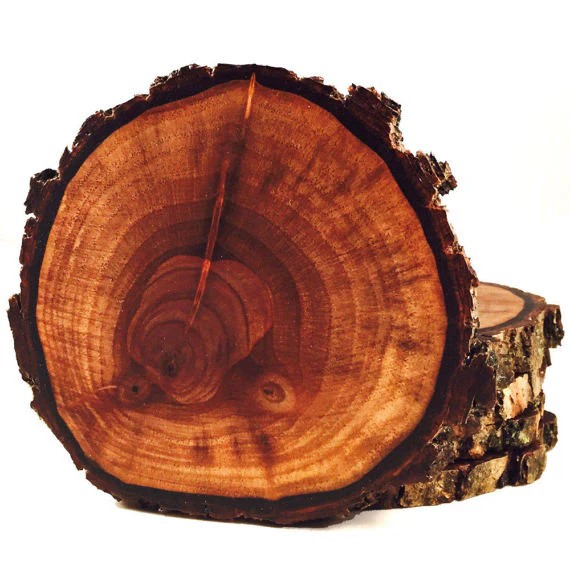Walnut Tree: History, Durability, and Aesthetic Value
The walnut tree is one of the indispensable materials of woodworking, thanks to its historical roots, unmatched durability, and aesthetic features. Having held an important place in different cultures throughout history, the walnut tree continues to maintain its value today in areas ranging from furniture production to interior decoration.

History of the Walnut Tree
The history of the walnut tree dates back thousands of years, reaching as far as 7000 BC in the Middle East. In Ancient Greek and Roman times, the walnut was considered a sacred fruit of the gods. The Romans referred to it as “Juglans,” meaning “the fruit of Jupiter,” and used not only its nutritional benefits but also its durable wood.
In Medieval Europe, the walnut served as both a food source and a medicinal material. During this period, its durable and workable nature made it a preferred material for furniture and weaponry. In the Ottoman era, walnut wood played a significant role in palace kitchens and woodworking. Widely grown across Anatolia, the walnut tree was respected by local communities and transformed into art in the hands of skilled craftsmen.

Strength and Durability
Walnut wood, with its dense grain structure and medium hardness, offers excellent performance in terms of strength. Its high compatibility with nails, screws, and glue makes assembly significantly easier. These features make walnut wood an ideal choice for furniture production, particularly for tables, cabinets, chairs, and other sturdy furniture.
Walnut wood is resistant to physical impacts and offers long-term usability. For this reason, it is suitable not only for indoor furniture but also for outdoor use. With proper care and maintenance, furniture made from walnut wood can last for generations.

Aesthetic Appearance and Rich Colors
The walnut tree stands out for its natural beauty. Its sapwood appears in yellowish-gray tones, while its heartwood displays a rich palette ranging from light creamy brown to dark brown. This color diversity makes walnut wood indispensable for designers and craftsmen. Additionally, the tree’s natural grain structure and patterns create a sophisticated look in furniture and decorative items.
Particularly, walnut veneers obtained from the root sections, with their symmetrical and vibrant patterns, add aesthetic value to unique designs. This feature makes walnut wood a preferred material for both classic and modern furniture designs.
Walnut in Woodworking
Walnut wood, with its easy workability, is widely used in woodworking. It is frequently chosen for projects requiring detailed craftsmanship, such as carving, inlay work, and turning. Walnut tables are appreciated not only for their sturdiness but also for their elegance. Suitable for both traditional and modern designs, walnut wood combines elegance and durability.
Conclusion
The walnut tree holds a special place in woodworking due to its historical heritage, unmatched durability, and natural beauty. These characteristics make walnut wood a functional and aesthetic choice for crafting tables and furniture. Owning a walnut table means having not just a piece of furniture but also a part of a millennia-old legacy. Products made from walnut wood add elegance to your home, offering long-term usability and timeless design.
Respecting the history and nature of this unique tree, we carefully craft our tables, allowing you to experience its natural beauty in your home.
